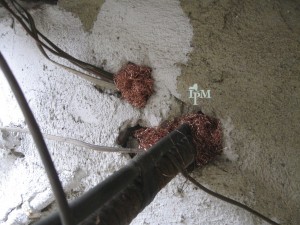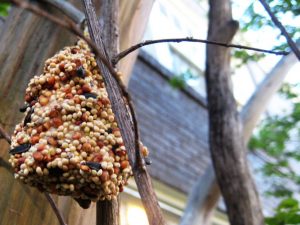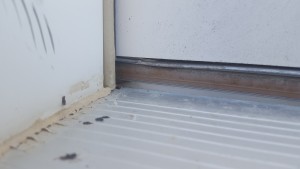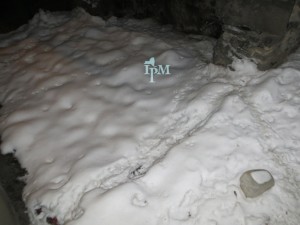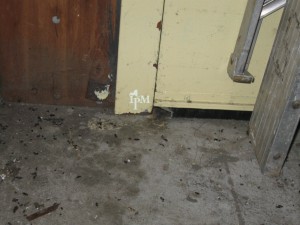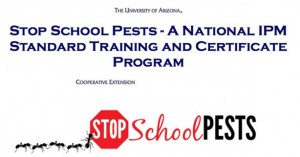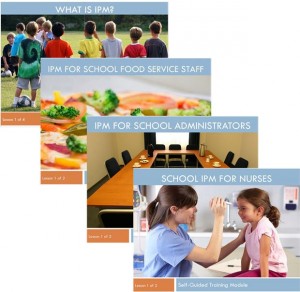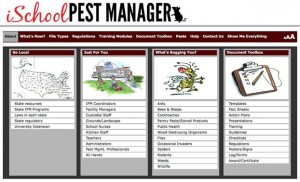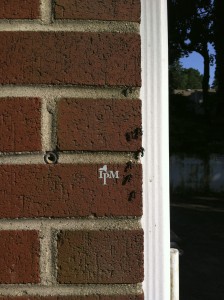(repost from June 2015)
We’re sharing this blog post again for its timeliness. With so many schools shut down, it’s a great time to target those hard to get to places (sanitation) and look for entry points for pests (exclusion). If your school is still actively using its cafeteria, we want to confirm how valuable those efforts are to keep students fed during these trying times. We’ll be sharing more about reducing pest problems throughout the building as well.
“Cleanliness is not next to godliness. It isn’t even in the same neighborhood. No one has ever gotten a religious experience out of removing burned-on cheese from the grill of the toaster oven.” – ― Erma Bombeck

Move equipment to make it easier to clean the floor and walls around it as well as the equipment itself.
While cleanliness might not help you spiritually, we can promise that it will help you prevent pest problems in the school. There are certain tasks that should be done every day, some that can be done weekly, or even monthly, and some that should be done at least once a year. Schools vacated for the summer provide an excellent time to tackle the big jobs.
The primary idea is to remove pest habitat (food, water, shelter, and space) from buildings. This includes sealing off food, repairing water leaks, and removing shelter. Reach into the corners. Get under the sinks. Tackle molding, walls, and flooring behind and under appliances and cooking equipment. This is the time to pull out equipment and vending machines. Clean the wheels and wheel wells on carts and garbage cans. If resources allow, take the opportunity to put shelving on casters. This will make deep cleaning easier, and thus allow it to be conducted more often once school starts up again.

We can’t always blame the teachers and students. This cluttered custodial closet provides pest harborage and makes inspection and cleaning difficult.
What other pest projects are good for the summer? Ideally your regular inspections have helped you to produce a list of tasks to tackle. Many of these projects likely include projects that will help exclude pests from your building. They include:
- Sealing gaps where utility lines (water pipes, electricity) enter the building and between rooms
- Sealing all cracks and gaps in foundations, windows, door jambs and vents
- Repairing holes or tears in window screens
- Transplanting (or removing) plant material away from the building foundation
- Replacing mulch next to buildings with gravel
- Eliminating water sources such as leaking pipes, clogged drains, and missing tile grout
- Insulating pipes that accumulate condensation (sweat)
- Reducing clutter, cardboard, and paper that provides covers for pests
For more information, visit the School IPM Best Management Practices website. Inspection forms, pest fact sheets, IPM protocols, and links to the best and latest from IPM experts will support the novice and the seasoned IPM practitioner alike.
The EPA Clean Bill of Health: How Effective Cleaning and Maintenance Can Improve Health Outcomes in Your School webinar covers how to develop and implement a preventative maintenance plan to reduce costs and improve health by using effective cleaning practices in your school.
And don’t forget to look for burned-on cheese in the faculty lounge toaster oven.

